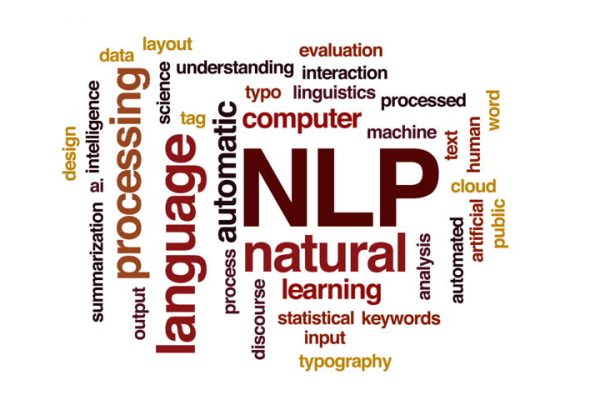The NLP Cypher | 10.17.21

Welcome back NLP peeps! Do you miss the old days? The old internet days of modem calling, static websites, you know… a time of innocence where developers were innovating the backbone of the internet at hyper speeds?
Well, we are very much going thru that right now via the Web 3.0 revolution. Cryptocurrencies usually get all of the attention but there is something else at play and it involves the entire web.
You see, the current internet (web 2.0) sucks. 🤷♂️
The internet being the world’s hive mind, has, over time created single points of failure due to centralization among its players and how the HTTP protocol is structured.
What does that mean?
Here are some examples of single points of failure: On the nation-state level, a country’s leader can shut down their country’s internet and prevent free speech from an opposing populace. On the company level, if a company doesn’t agree with your point of view, they can cancel you and your access to their services, and sadly, you can be filtered out of the digital system.
The server in the middle problem…
The HTTP protocol, is a location-based protocol, meaning a URL points to an IP address where the files of interest are located. And if that server goes down and you depend on that website to pay your rent…this can happen 👇
As you can tell, these servers are super fragile and its consequences scale non-linearly. We need to bypass these servers but how do we do that?
Well the web can be turned into a P2P (peer to peer) network. My local computer can be a node, and your computer can be a node.
(And when we add content it gets shared among the nodes and hashed with a content ID. This protocol is now content-based and not location-based)
This method allows to bypass the central server problem and allow us to download content from all of the nodes simultaneously which can be much faster in performance relative to a single server. Content can be